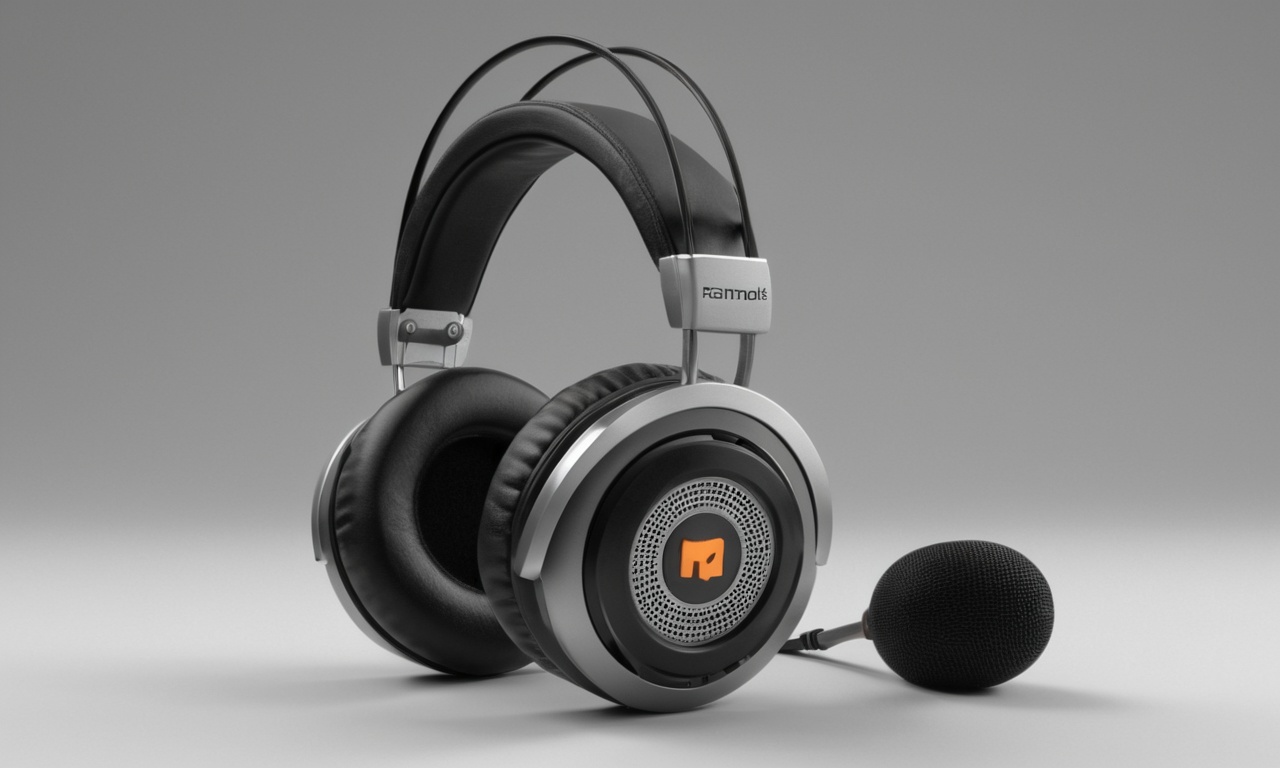Voice recordings are the foundation of countless audio projects—from voiceovers and audiobooks to online courses and presentations. However, raw voice recordings often contain imperfections that can distract from your message. This comprehensive guide covers professional voice recording cleanup techniques that will elevate your audio quality.
Understanding Voice Recording Challenges
Even in professional studios, voice recordings face common issues that require cleanup:
- Background noise: Room tone, HVAC systems, traffic
- Mouth sounds: Lip smacks, saliva clicks, breathing
- Inconsistent levels: Volume variations throughout recording
- Resonance issues: Room reflections and standing waves
- Digital artifacts: Clipping, aliasing, compression artifacts
Essential Voice Cleanup Techniques
1. Noise Floor Management
Every recording has a noise floor—the level of background noise present when no one is speaking. Effective management involves:
- Identifying consistent background noise patterns
- Using spectral analysis to visualize noise characteristics
- Applying gentle noise reduction without artifacts
- Preserving natural voice character
"The key to professional voice cleanup is subtlety. Your processing should be invisible—the voice should sound natural, just better."
2. Silence Optimization for Voice Recordings
Strategic silence management improves pacing and engagement:
- Remove dead air: Eliminate awkward pauses longer than 2-3 seconds
- Preserve breath rhythm: Keep natural breathing patterns
- Maintain speech cadence: Don't over-tighten natural pauses
- Consider content type: Audiobooks need different pacing than commercials
3. Frequency-Specific Cleanup
Different frequency ranges require targeted approaches:
Low Frequencies (20Hz-200Hz)
- Remove rumble and handling noise
- Address proximity effect from close-miking
- Filter out subsonic content
- Preserve voice warmth and body
Mid Frequencies (200Hz-2kHz)
- Address room resonances and modes
- Manage vocal formants carefully
- Control boominess and muddiness
- Maintain natural voice character
High Frequencies (2kHz-20kHz)
- Enhance speech intelligibility
- Control harsh sibilants (de-essing)
- Manage mouth noise and clicks
- Add presence without brightness
Advanced Voice Cleanup Strategies
Breath Control and Management
Breathing is natural but can be distracting in certain contexts:
- Identify breath types: Natural vs. gasping vs. mouth breathing
- Selective reduction: Lower volume rather than complete removal
- Timing adjustments: Shorten excessively long breaths
- Context consideration: Preserve breaths in conversational content
Mouth Sound Elimination
Professional voice cleanup addresses various mouth sounds:
- Lip smacks: Often occur at sentence beginnings
- Tongue clicks: Common with certain speakers
- Saliva sounds: More prominent in close-mic recordings
- Teeth sounds: Subtle but noticeable dental contact
Dynamic Range Optimization
Proper dynamic range ensures consistent, engaging delivery:
- Gentle compression to even out levels
- Preserve natural expression and emotion
- Avoid over-compression that creates pumping
- Match broadcast standards when required
Content-Type Specific Cleanup Approaches
Audiobook Narration
- Consistency first: Maintain uniform sound throughout chapters
- Minimal processing: Preserve narrator's natural character
- Chapter transitions: Ensure seamless audio flow
- ACX compliance: Meet Audible's technical requirements
Voiceover and Commercial Work
- Punch and clarity: Aggressive cleanup for maximum impact
- Time constraints: Optimize for exact timing requirements
- Brand consistency: Match established audio branding
- Multiple takes: Consistent processing across variations
Educational Content
- Intelligibility priority: Maximize speech comprehension
- Attention span: Remove distractions that break focus
- Accessibility: Consider hearing-impaired learners
- Platform optimization: Match LMS technical requirements
Video Game and Animation
- Character consistency: Maintain voice character throughout
- Lip sync consideration: Preserve timing for animation
- Emotional range: Clean up without flattening performance
- Technical specs: Meet game engine requirements
Professional Cleanup Workflow
Pre-Cleanup Assessment
- Listen through completely: Identify all issues before processing
- Note problem areas: Mark sections requiring special attention
- Check technical specs: Sample rate, bit depth, format requirements
- Establish quality standards: Define acceptable noise floor and consistency
Processing Order
Follow this order for optimal results:
- Repair obvious problems (clicks, dropouts)
- Remove silence and optimize pacing
- Apply noise reduction
- EQ for frequency balance
- Compress for consistency
- Final limiting for peak control
Using BahaaSR for Voice Cleanup
Our platform streamlines professional voice cleanup:
- Upload your voice recording in any supported format
- Intelligent analysis identifies optimal cleanup settings
- Voice-optimized processing preserves natural character
- Download cleaned audio ready for your project
Quality Control and Validation
Technical Validation
- Peak levels: Ensure no clipping or distortion
- RMS levels: Check average volume consistency
- Frequency response: Verify balanced spectrum
- Phase coherence: Ensure mono compatibility
Perceptual Testing
- Listen on various playback systems
- Test at different volume levels
- Check in noisy environments
- Get feedback from target audience
Common Voice Cleanup Mistakes
- Over-processing: Making voices sound artificial
- Removing all breaths: Creating unnatural speech patterns
- Excessive de-essing: Creating lispy artifacts
- Too much noise reduction: Introducing digital artifacts
- Ignoring context: Not considering final delivery medium
Industry Standards and Best Practices
Broadcast Standards
- Loudness: -23 LUFS for broadcast, -16 LUFS for streaming
- Peak levels: -3dB to -6dB maximum
- Dynamic range: Appropriate for delivery medium
- Frequency response: Full range without excessive filtering
File Delivery Specifications
- WAV or AIFF for professional projects
- 48kHz/24-bit for video sync
- 44.1kHz/16-bit for music projects
- Compressed formats only for final delivery
Conclusion
Professional voice recording cleanup requires a balance of technical skill and artistic judgment. The goal is always to serve the content and the listener, creating clear, engaging audio that communicates effectively without drawing attention to the production process.
Whether you're producing audiobooks, voiceovers, or educational content, proper voice cleanup techniques will elevate your work and help your message reach your audience with maximum impact and professionalism.
Ready to cleanup your voice recordings professionally? Upload your audio file and experience the difference expert voice processing makes.
